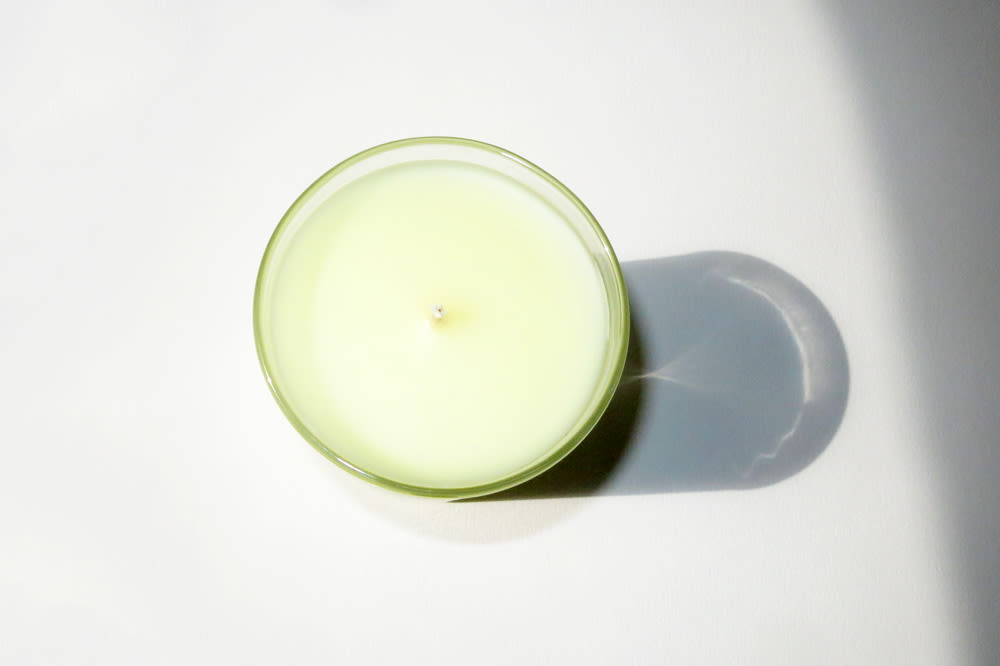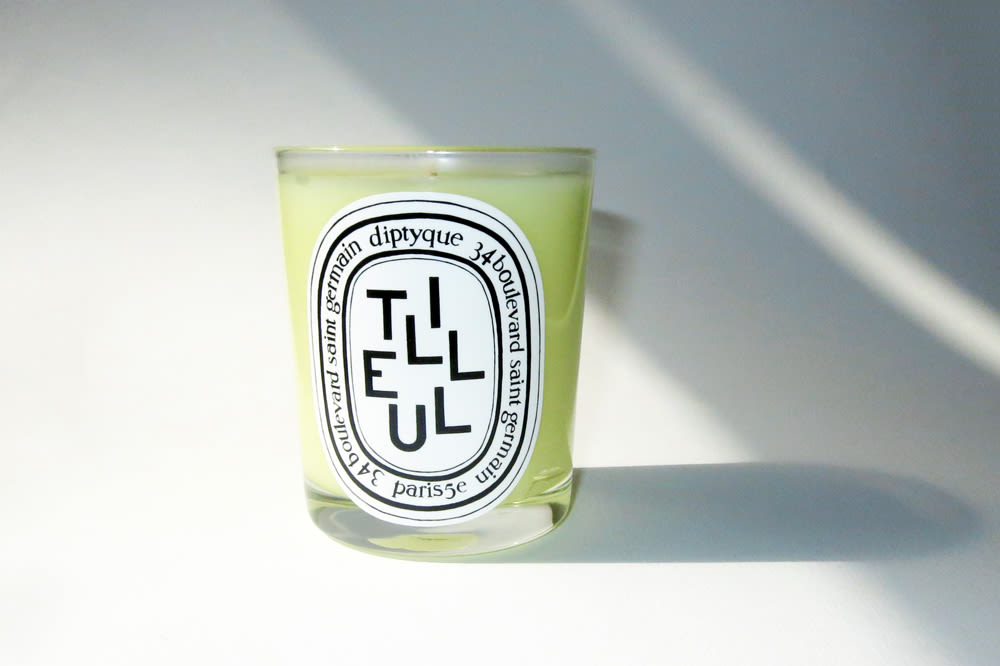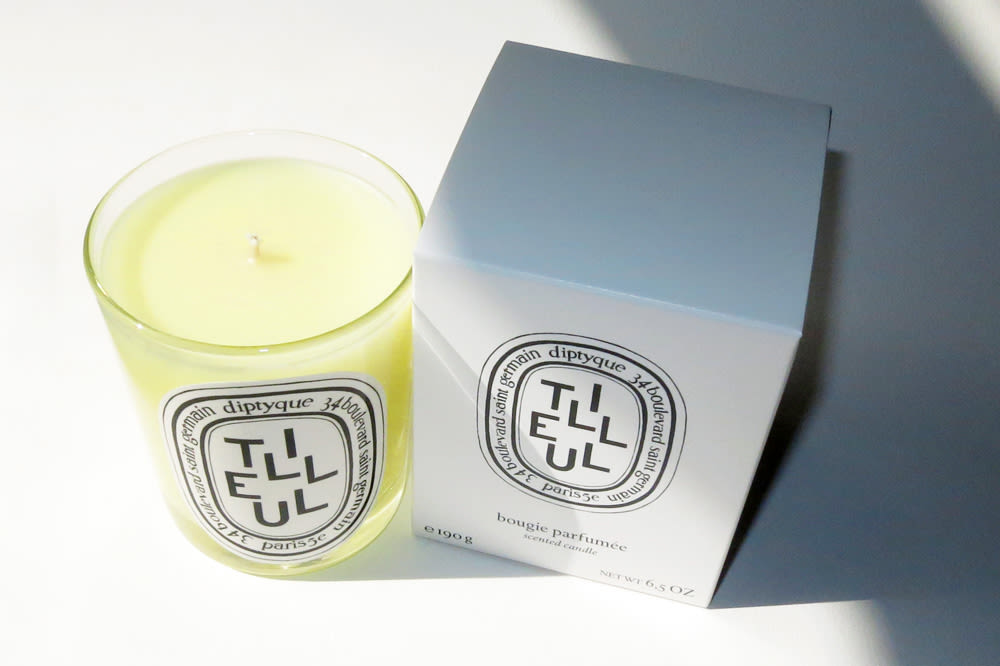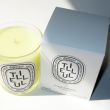Did you know that if you accidentally squirt lime juice on yourself, in, say, a misguided hair-lightening experiment during spring break in the Dominican Republic, said lime juice-d skin might become discolored (splotchy, brown) when exposed to direct sunlight? I learned that the hard way, and have since handled the citrus fruit carefully. Eyed them warily. Squeezed with caution.
I do not take such precautionary measures when selecting a scented candle. I am, in fact, a candle salesperson’s worst nightmare, or dream come true, depending on the salesperson. Unlike a perfume, which needs to be sprayed to be enjoyed, you can manhandle dozens of candles and walk away without physically smelling like a sum of their parts. It was after I’d touched and inquired about five-shelves-worth of candles at Diptyque's Bleecker Street boutique last summer that I lifted up, triumphant, Tilleul. “Oh, yes—that’s lime blossom,” the salesperson offered, exhausted. Well, crap. But it smelled…different from all of the others, and not like citrus (besides the aforementioned skin-stain, I’ve just never leaned toward fruity scents).
A year later, I am now on what must be my fifteenth 6.5 oz Tilleul. Here I thought I’d finally come around to limes, those tricky bastards, when a glance at the bottom of a fresh package led me to the words: “ Tilleul, Linden Tree.” Which led me to Wikipedia, which told me that “Tilia” is in fact a tree, commonly referred to as a “lime tree' in the British Isles, and that these trees are NOT closely related to the lime fruit. It turns out the reason I love Tilleul is the same reason I love Byredo’s Accord Oud and Le Labo’s Rose 31: wood. Unlike patchouli, sandalwood, or other oud-heavy fragrances, Tilleul produces a sweetly subtle, not quite floral, lingering-but-not-cloying smell that accomplishes a great space-scenting feat: it accentuates a room without dominating it or announcing itself at all.
Oh, and it won’t stain your skin.
—Emily Weiss






